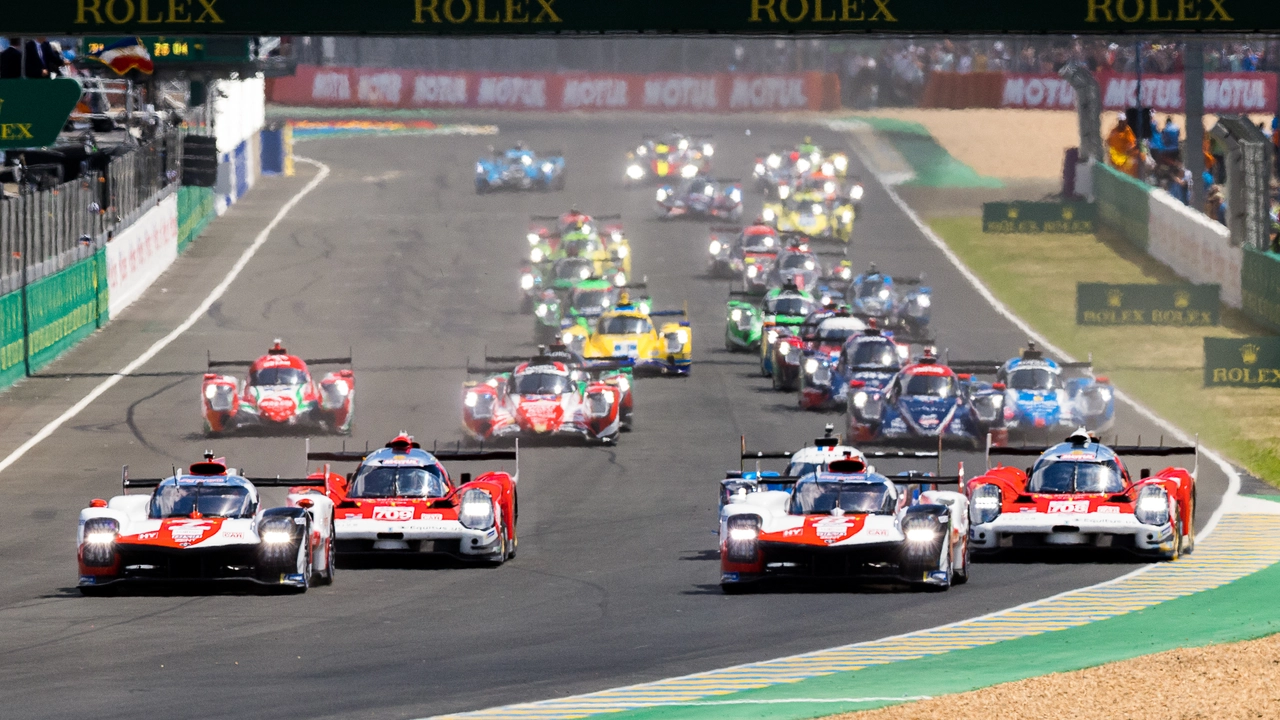Unique Features That Give Motorsports Their Edge
When you watch a race, you notice more than just speed. There are little details that make a car or bike faster, safer, or just plain cooler. Those details are the unique features that separate winners from the rest of the pack.
Design tricks that boost speed and efficiency
Modern race cars use every ounce of technology to shave seconds off lap times. Take the BMW iX3, for example. It runs on an 800‑volt system that lets the battery charge faster and the motor stay cool. The result is a claimed 805 km range and a 0‑100 km/h sprint in under five seconds. That kind of power comes from silicon‑carbide power electronics and rare‑earth‑free motors, a design tweak that most street cars don’t have.
Aerodynamics are another big player. A sleek shape reduces drag, letting the car cut through air like a knife. Even a small change to the front splitter or rear diffuser can lower the drag coefficient by a few hundredths, which at racing speeds translates to noticeable top‑end gains.
Don’t forget about weight. Racing teams strip out anything that isn’t essential – heavy seats, sound deadening, even the windshield in some cases. Lighter weight means quicker acceleration and shorter braking distances, two things that matter a lot on tight circuits.
Racing techniques you didn’t know existed
Machines aren’t the only thing with unique features. Riders and drivers have their own tricks. Ever wonder why motorcycle racers sometimes drag their knees across the track? It’s not just for show. The knee acts as a third point of contact, giving the rider extra stability when cornering at high speed. This subtle move helps keep the bike upright and the line smooth.
In car racing, drivers use something called “assist mode” on newer consoles for training. It’s a virtual feature that helps beginners learn braking points and racing lines without crashing. While it’s a digital tool, many professional drivers still practice with simulators that mimic real‑world physics, sharpening their reflexes before they ever hit the track.
Another hidden feature is the use of aerodynamic “winglets” on motorcycles. Small wings mounted near the handlebars generate downforce, improving grip in fast corners. It’s a feature you rarely see on street bikes, but once you spot it on a race bike, you know it’s built for serious performance.
Finally, safety tech has become a unique selling point. Modern race helmets now have integrated heads‑up displays that show speed, lap time, and even tire pressure. Drivers can glance at the data without taking their eyes off the road, making split‑second decisions safer and faster.
All these features – from high‑voltage electric powertrains to simple knee‑dragging tricks – add up to a racing experience that feels almost otherworldly. Whether you’re a fan watching from home or an aspiring rider itching to get on a bike, knowing these unique details makes the sport more exciting and gives you a deeper appreciation for the engineering and skill behind every win.
Why is the Le Mans circuit one of the most famous in the world?
The Le Mans circuit, also known as Circuit de la Sarthe, is renowned globally due to its rich history in motor racing. The circuit is famous for hosting the 24 Hours of Le Mans, the world's oldest active sports car race in endurance racing. It's a unique blend of public roads and a specialist motor racing circuit that challenges the drivers' speed, endurance, and car reliability. The circuit's lengthy straight sections, sharp turns, and high-speed performance have made it a benchmark in the motorsport world. Its indomitable spirit of innovation and technical advancements also contribute to its global fame.



